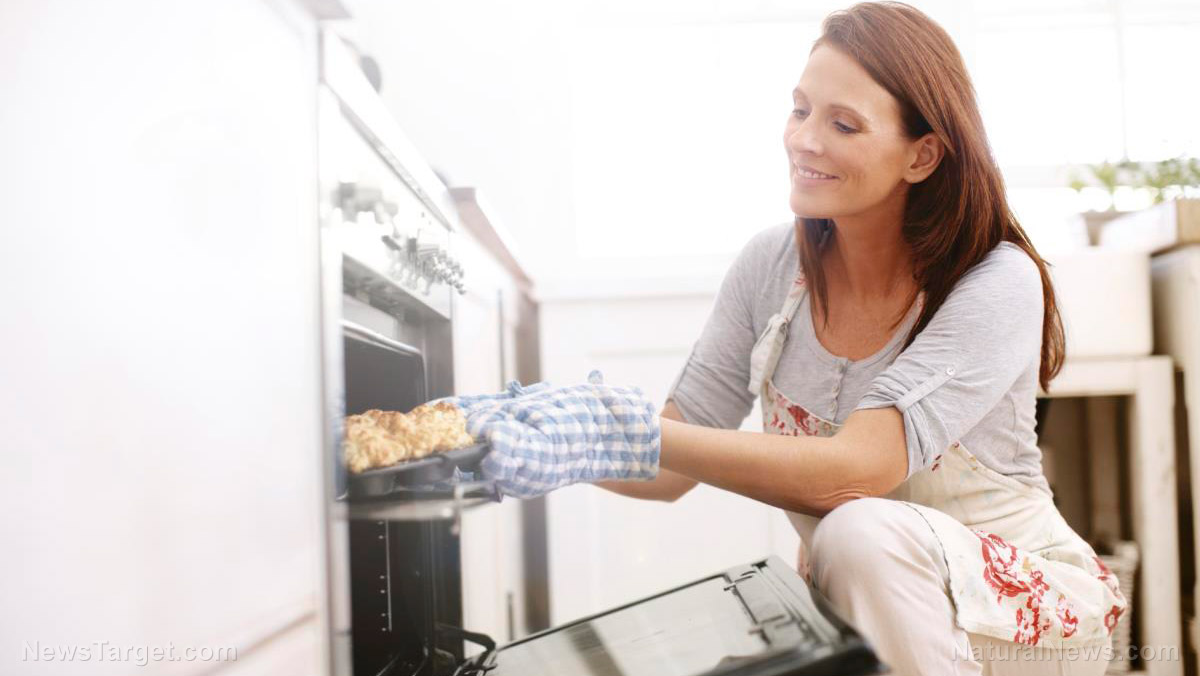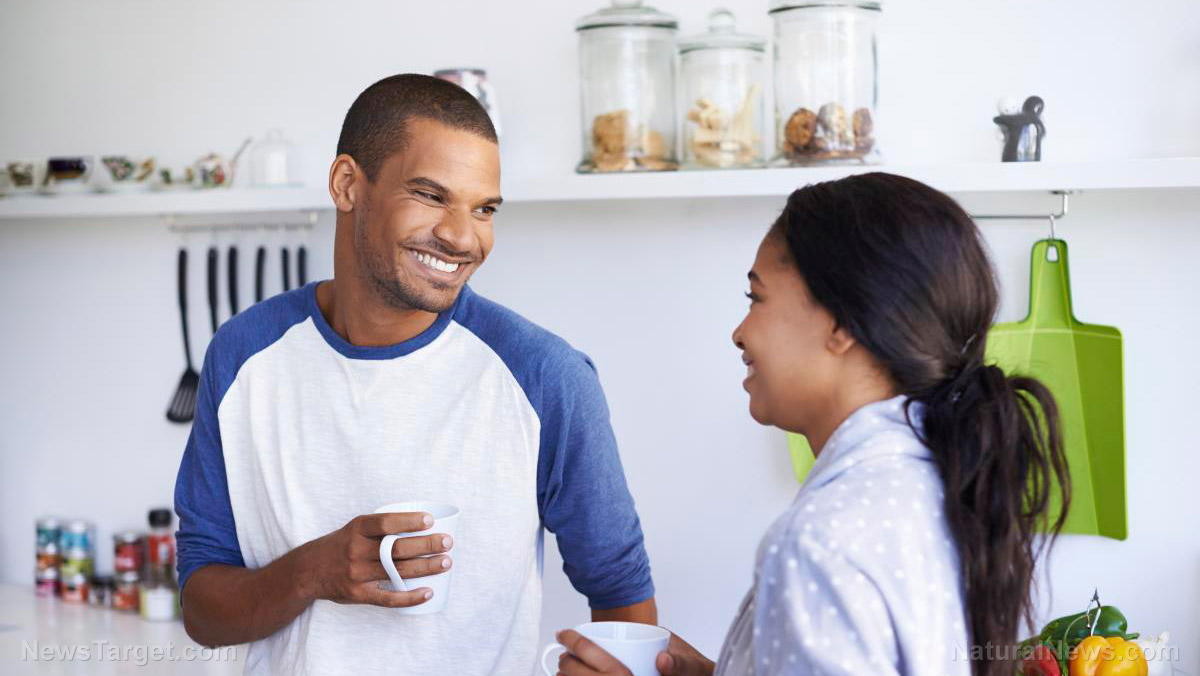
Advertisement
Baking may sound simple in theory, especially if you have a recipe to rely on. But many cooks actually find baking extremely challenging. This is because it requires a certain precision that cooking savory dishes doesn’t call for. But don’t fret. This article tells you everything you need to know about baking, from the basic skills you need to master to the essential baking tools and equipment.
Basic baking skills
Fundamental baking skills, such as measuring ingredients correctly or greasing the baking tin properly, will serve you well in practically any recipe. Once you’ve mastered the basics, consider moving on to more advanced techniques. Familiarizing yourself with techniques allows you to be more in control of what you’re doing.
- Blind baking – “Blind baking” is a term you’ll often encounter in pie recipes. It simply means pre-cooking your pastry before adding the filling. It’s usually done by lining a baking tin with the pastry, pricking it and filling it with dry beans or rice. Blind baking keeps the crust from going soggy.
- Creaming the butter – Cake recipes sometimes start by “creaming the butter.” This means beating the butter until it becomes creamy and light. Sugar is then added. The whole thing is beaten again to combine the butter and sugar. This way, you won’t get grainy bits of sugar in the mixture.
- Rubbing in the butter – Some pastry recipes will have you “rub in the butter.” This means rubbing the butter into the flour. The butter should be chilled before being cut into small pieces. The pieces are “rubbed” with the flour until they resemble bread crumbs.
- Lining, greasing or flouring the baking tin – To line a baking tin means to cover it with parchment or baking paper. To grease a tin means to apply a thin layer of butter or oil on its inner surface. Some recipes will tell you to “flour the tin” after greasing it. This means sprinkling flour on the tin’s surface.
- Measuring the ingredients – Baking requires precision, so you should measure ingredients correctly. When measuring dry ingredients like flour, fill the cup or spoon, then use a knife to even the surface. Similarly, fill the cup or spoon to the brim when measuring wet ingredients. If in doubt, use a scale.
Popular baked goods
From cookies to cakes, there are lots of foods you can make by baking. You will likely encounter loads of recipes for the more popular baked goods, such as:
- Bread – Bread is a staple worldwide. It comes in all kinds of versions, from loaves to pita bread. Recipes for bread usually call for flour and water. Most recipes also use yeast for leavening the flour – making it rise so that it’s soft and fluffy, not hard and flat.
- Cake – Depending on the recipe, a cake can be airy and light or dense and gooey. Most cake recipes typically use baking powder for leavening. Cakes are sometimes decorated with frosting or icing.
- Pie – Pies can fall under the following categories: cream, fruit, custard and savory. Pies can be open, covered or partially covered. Popular pies include apple pie, cream pie and pumpkin pie.
- Cookies – A typical cookie is small, flat and sweet. Cookies can be made with a simple dough, a puff pastry or a shortbread pastry.
Essential baking tools and equipment
You don’t need an arsenal of tools to be a competent baker. You’ll likely use the same five or so tools every time you bake. Here are six essential baking tools and equipment you should invest in:
- Oven – Though it’s possible to bake on a stovetop, an oven makes baking so much easier. It ensures more even cooking and lets you control the temperature.
- Whisk – Forks work well for beating eggs, but a whisk helps save time and effort. If you bake frequently, you may want to invest in an electric whisk or stand mixer. Both instruments can mix dough and whip up airy eggs in a few minutes.
- Food processor – Food processors are versatile tools. They come in handy for recipes that require grated or pureed ingredients.
- Baking tins – The best material for baking tins is aluminum because it conducts heat quickly. There are also non-stick baking tins available today, as well as tins made of silicon. They come in many shapes.
- Spatula – Whether wooden or rubber, a spatula is a great tool for creaming butter. A spatula is also useful for mixing a very thick dough. It also helps you scrape ingredients from a bowl to a baking tin.
- Measuring cups and spoons – Measuring tools, such as cups, spoons and kitchen scale, are essential. They allow you to measure your ingredients properly.
Other baking tips and tricks
Even if you have a recipe to guide you, there are still so many things that can go wrong before you actually place the tin in the oven. Unlike cooking savory dishes, baking doesn’t allow do-overs or adjustments, especially not when it’s already in the oven. So it’s crucial that you get the recipe right each time.
Here are some other tips to help you improve your baking skills:
- Read the recipe through before starting. Some recipes require that you chill the dough for a couple of hours after mixing. Some recipes may need chilled ingredients or split some ingredients between steps. Overlooking such details and realizing them too late practically guarantees a failed baking attempt.
- Use a trusted recipe source. Make sure the recipe you use comes from a trusted source, like a baking expert or a publication with a test kitchen. The internet is flooded with thousands of recipes. If you’re new to baking, it’s best to follow the pros and use their recipes.
- Trust visual cues. It’s important to be precise when measuring ingredients. But once you’ve put the tin in the oven, don’t set your timer for the exact time the recipe tells you and walk away. Your oven, the humidity in the air and the size of the baking tin can affect the outcome, so trust visual cues instead. This means using your senses to determine whether something is sufficiently baked.
- Using ingredients at room temperature is important. Most recipes are particular with using room-temperature ingredients. Ignoring this stipulation can lead to a baking fail.
- Bake on the center rack of the oven. The center rack provides the most even amount of heat.
- If possible, avoid doubling or halving recipes. The ratios for some ingredients, like baking powder and baking soda, don’t necessarily scale up or down by two. Make two separate batches if you want to double a recipe or look up the proper ratio for the ingredients involved if halving a recipe.
- Let baked goods cool. Many recipes will ask you to wait for your creation to cool before serving or decorating it. That’s because the structure and flavor improve as the finished product cools.
- Use the size of baking tin used in the recipe. The size of the baking tin will affect cooking time. For instance, if the batter is spread over a larger area, it will bake faster. A good rule of thumb is to take 10 minutes off the baking time specified in the recipe. Check if the batter is done or cooking evenly.
Baking can be challenging, but it doesn’t have to be. As long as you have the fundamental techniques down and properly measure your ingredients, baking should be a fairly easy and pleasant experience overall.
Sources:
Advertisements







